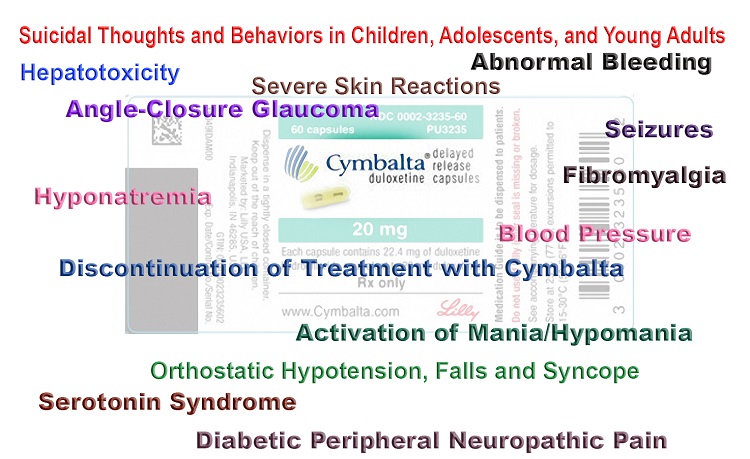In 2015, I suffered an adverse reaction to the antibiotic, metronidazole (also called Flagyl), which triggered a whirlwind of dysfunction across my body – everything from muscle twitches and head pressure to losing the ability to walk and speak. In total, I had roughly forty random symptoms and most of them did not resolve after discontinuation of the medication. My condition would start to improve slightly, only to flare up shortly after – two steps forward, two steps back. There were no doctors with an explanation as to how or why this was happening. I was on my own.
Over the course of several months, I became an expert Google doctor and learned that there was, in fact, a good explanation for my newly acquired illness. According to medical literature, metronidazole is neurotoxic and neuropathic. It can cause dysfunction and/or damage to the brain, with the cerebellum and brainstem hit the worst. It has the ability to damage nerves throughout the body: from peripheral neuropathy to optic neuropathy, to small fiber neuropathy, and even autonomic neuropathy.
It seemed as though metronidazole’s toxicity was potentially boundless, but it begged the question as to why? What was occurring on a cellular level that could trigger so much dysfunction across the body? Furthermore, why were the symptoms frequently flaring up, where a patient would begin to feel better for days, weeks, or even months only for issues to return, sometimes resulting in a full relapse?
The explanation is that metronidazole is a thiazole, an imposter of thiamine (vitamin B1) and has the ability to destroy the vitamin throughout the body, plummeting the victim into a sudden thiamine deficiency disease. Thiamine deficiency is not like other vitamin deficiencies. Thiamine regulates energy metabolism and so its absence throws every cell in the body into an energy crisis. That is why the symptoms of metronidazole-induced thiamine deficiency are so broad and bizarre and that is why they may wax and wane as thiamine increases or decreases relative to other stressors.
In order to help myself recover and find others who were similarly harmed by this antibiotic, I began writing, first on Hormones Matter (here, here) and then on my own blog. I also began a Facebook group for individuals suffering from metronidazole toxicity. When we started the group, there were three of us. Now, as of 2022, there are approximately 2,000 members.
Over the years, I have learned a tremendous amount about metronidazole toxicity. To help other sufferers understand their symptoms, what the drug is doing to their bodies, and potential treatment options for metronidazole toxicity, I put together the three-part video series posted below.
The first video is for anyone new to metronidazole toxicity. It is a “beginner’s course” about the telltale symptoms of the drug’s adverse effects. The second video discusses metronidazole toxicity reported in the medical literature and the third video delves into the mechanisms of the toxicity itself e.g. what is happening at a cellular level that is causing dysfunction. This is where I talk about the drug’s connection to thiamine.
Since suffering from my reaction, I have learned that metronidazole toxicity is not only far more common than conventional medicine realizes but it also has possible treatment options. There is one disclaimer, however, I am not a doctor. I am simply a patient attempting to help other patients better understand their condition, and hopefully, find their road to recovery. Whatever information you take from this video series, you will need to decide what is best for you.
I do apologize that, on video 3, I had an equipment malfunction and there are a couple of minutes where the audio is a bit subpar near the end. Also, these videos took some time to create, so there are references to 2020 and 2021, as I started working on the first video way back in 2020.
If you believe you have metronidazole toxicity, please feel free to join our Facebook support group here. General information about metronidazole toxicity can be found on my blog.
Stay safe, stay healthy.
Metronidazole Toxicity Part I: Breakdown of Symptoms
Metronidazole Toxicity Part II: Damage
Metronidazole Toxicity Part III: Mechanisms
We Need Your Help
More people than ever are reading Hormones Matter, a testament to the need for independent voices in health and medicine. We are not funded and accept limited advertising. Unlike many health sites, we don’t force you to purchase a subscription. We believe health information should be open to all. If you read Hormones Matter, like it, please help support it. Contribute now.
Yes, I would like to support Hormones Matter.
This article was published originally on April 11, 2022.















